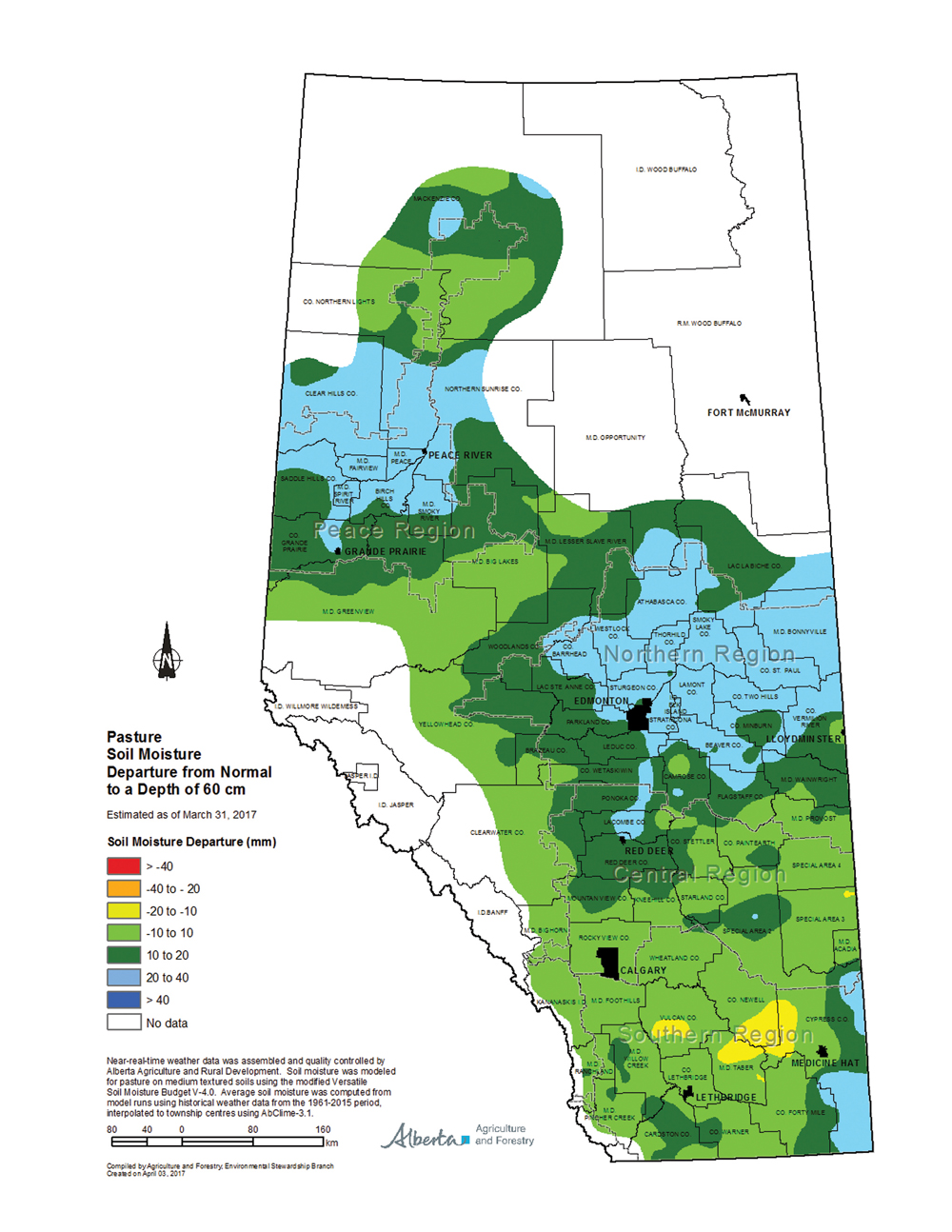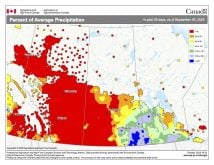With temperatures slowly starting to heat up across the Prairies, thoughts turn towards summer and summer weather, and in my case, I begin thinking about thunderstorms.
After a very active summer last year, I thought it might be time to look at this topic again. I also thought it would be a good idea to take a more detailed look at the topic this year.
With that in mind, I am going to start with the basics: What happens when solar energy is absorbed and how does this energy eventually result in the development of thunderstorms?
Read Also

YEAR IN REVIEW: 2025 a year of weather extremes
Wildfires, drought and flash floods, oh my! Looking back at 2025’s headline-grabbing event in Canada and around the world.
When solar energy is absorbed by an object, the molecules in that object are excited, which causes them to vibrate quicker. The faster they vibrate the warmer the object. So it is fairly apparent why objects will get warm, but now the question is: How does this heat energy get transferred from the object to the atmosphere? The answer lies within four different processes — conduction, convection, advection, and latent heat transfer.
Conduction is the simplest process to understand as it is the transfer of energy from one molecule to the next. As solar energy strikes a surface, the molecules in that object gain energy and they begin to vibrate faster and faster — the object warms up. If you were to put your hand on that object, the molecules on the surface of the object would be vibrating next to the molecules on your hand and some of that energy would be passed onto the molecules in your hand.
Now because the molecules in your hand are vibrating faster, your hand will begin to feel warm. This is conduction of heat.
When we are looking at the Earth, solar energy striking its surface causes the molecules to vibrate and heat up. The molecules in the air immediately over the ground surface begin to vibrate faster too as they come into contact with molecules in the ground and thus the air heats up. This process will only be able to heat about the bottom two centimetres of the atmosphere, so now the question is: How does this heat get transferred throughout the atmosphere? You guessed it — this is where convection, advection, and latent heat transfer come in.
Basically, convection and advection are very similar. They both refer to the physical mixing of the atmosphere. Convection is when the mixing occurs primarily in a vertical direction and advection is when it is occurring in a primarily horizontal direction. How convection takes place has to do with density and the fact that less dense objects are more buoyant.
When part of the atmosphere is heated through conduction, the molecules are vibrating faster and that faster motion also means they need more space around them. Taking up more space means there will be fewer molecules in a given area. Since density is calculated by dividing mass by volume, fewer molecules (less mass) in a given volume of air would result in a lower density of that air. Since the air is now less dense than the air above it, that air will begin to rise, taking heat energy from the surface of the Earth and moving it into the atmosphere. Once this heat energy is in the atmosphere, currents of air (wind) can move the heat horizontally from one area to another. This is known as advection.
The final process for moving heat energy around is by latent heat transfer. The term ‘latent’ means that something potentially exists, but is not currently in existence or realized. In latent heat, we have heat that exists, but is not actually present yet as heat.
So how does this work?
It has to do with water and the fact that it takes heat energy to turn water from a liquid to gas. As water absorbs solar energy, the molecules get excited and vibrate faster and faster. Eventually, the molecules at the surface of the water droplet will vibrate fast enough to break free from the rest of the water molecules and float away — they are now a gas. What is interesting is the heat energy it took to cause the liquid water molecule to become gas molecules is still contained within those gas molecules — the potential energy is there.
The gaseous water molecules float away from where they acquired their heat energy and at some point begin to lose some of their energy and cool down. As they cool, they eventually condense back into liquid water, and at that point, release all of the heat energy they absorbed to become a gas (or evaporate) in the first place.
Since it takes a lot of heat to evaporate water, it releases a lot of heat when it condenses. This is one of the main driving forces behind the major storm systems that we see, and plays a huge factor in the development of thunderstorms.
We’ll explore this more in future articles as we continue our annual look at thunderstorms.
















